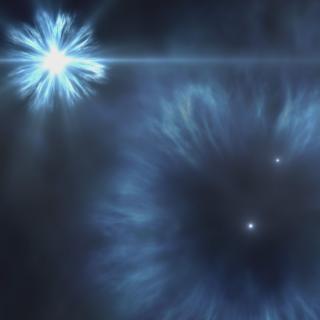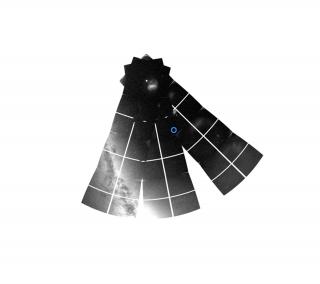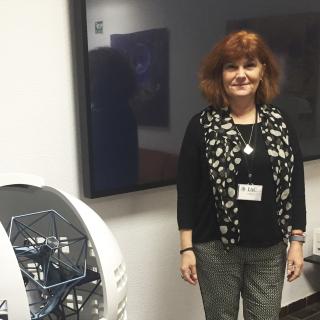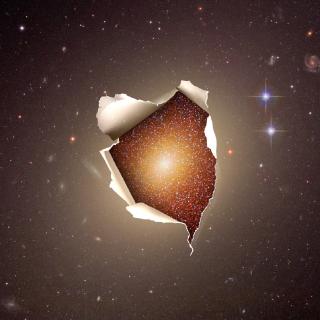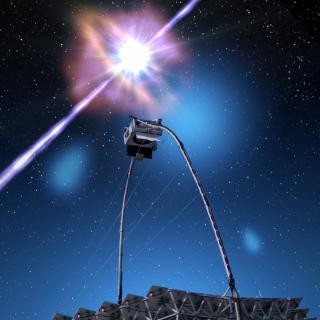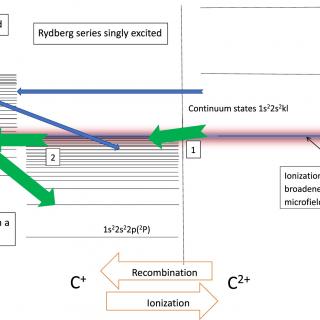
The interstellar medium is an excellent laboratory to test physical processes that cannot be reproduced in Earth-based laboratories. In this study several nebulae were used as a space laboratory to confirm the existence of an atomic process for which there was no previous experimental confirmation. In 2010, the existence of an atomic process that should occur frequently in astrophysical plasmas throughout the universe was theoretically proposed. The point is that this process — which is termed Rydberg Enhanced Recombination, or RER — had never before been detected, and it’s effectively
Advertised on
